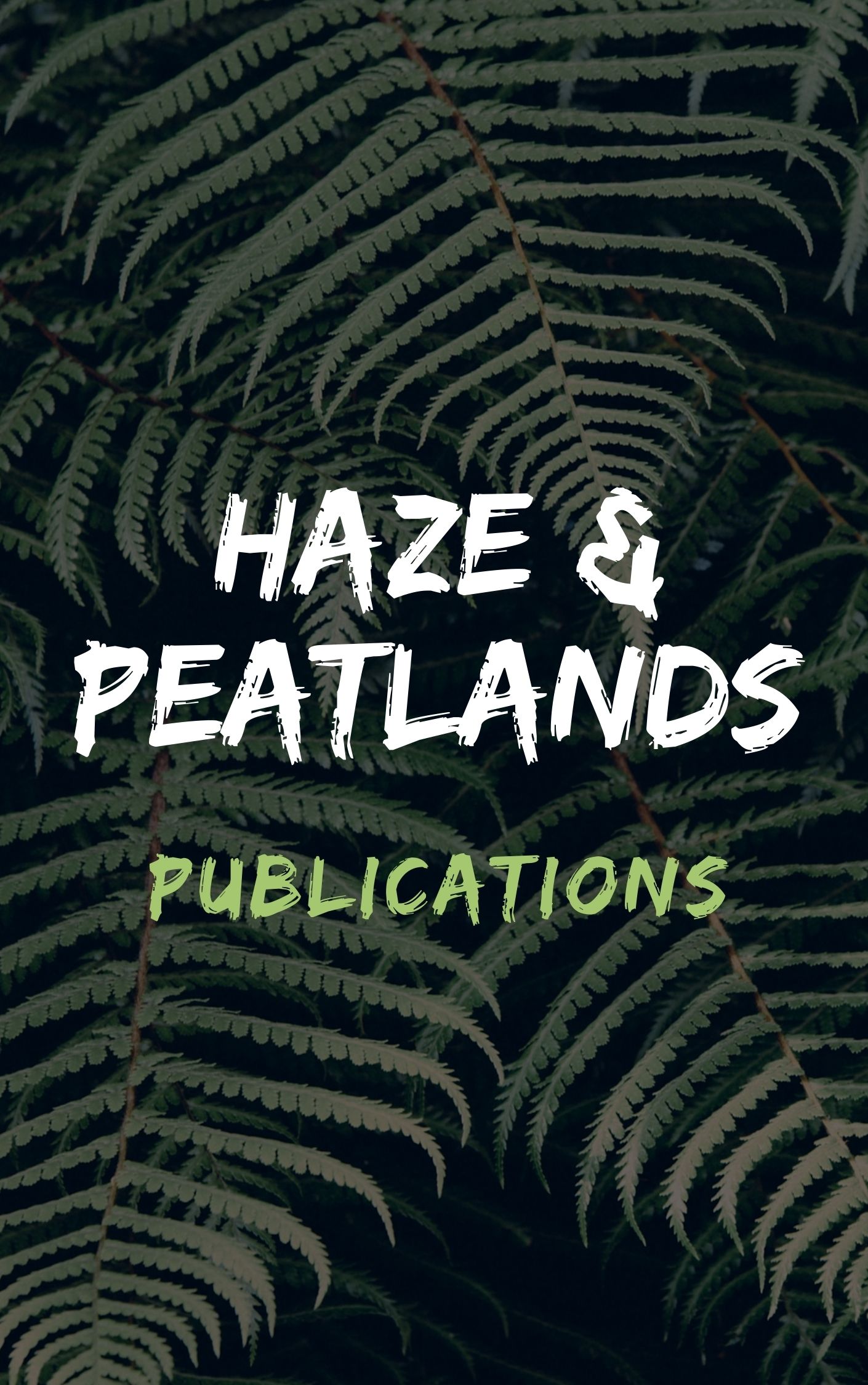Communities in Myanmar rely heavily on forests for various uses, but there have been few studies on disturbance to tropical evergreen forests in the country. There is a growing need to evaluate the responses after disturbances relating to soil condition to inform sustainable forest management practices to all regulating agencies. This study assessed the impact of forest disturbances on soil properties in a tropical evergreen forest ecosystem in Myanmar. Soil samples were collected from the sites with three different types of forest disturbance, namely 1) shifting cultivation (>= 15 years post-abandonment), 2) landslide (20 years post-landslide), 3) selective logging (>30 years post-logging), and 4) old growth forest (no recorded history of disturbance over the last 80 years), to determine the effects of forest disturbances on soil carbon (C), nitrogen (N), available phosphorus (AP), pH, and bulk density (BD). Soil C, N, and AP concentrations were significantly higher in old growth forest soils than in the other disturbed forests, while BD was lowest in old growth forest soils. There were no significant differences in soil properties between soil depths, except in BD. Selective logging area soils had the lowest C, N, and pH values, and AP may be severely depleted in areas of shifting cultivation. Our results confirm that forest disturbances can alter soil properties and that the impacts differ among forest disturbance types. Forest areas were slashed and burned for cultivation, cleared by landslides, and selectively logged during harvesting time, and after abandonment, the soil conditions determined the recovery pattern of the forest. According to our results, a logging cycle of more than 30 years is essential to mitigate the influences of logging on soil nutrients.
View source

